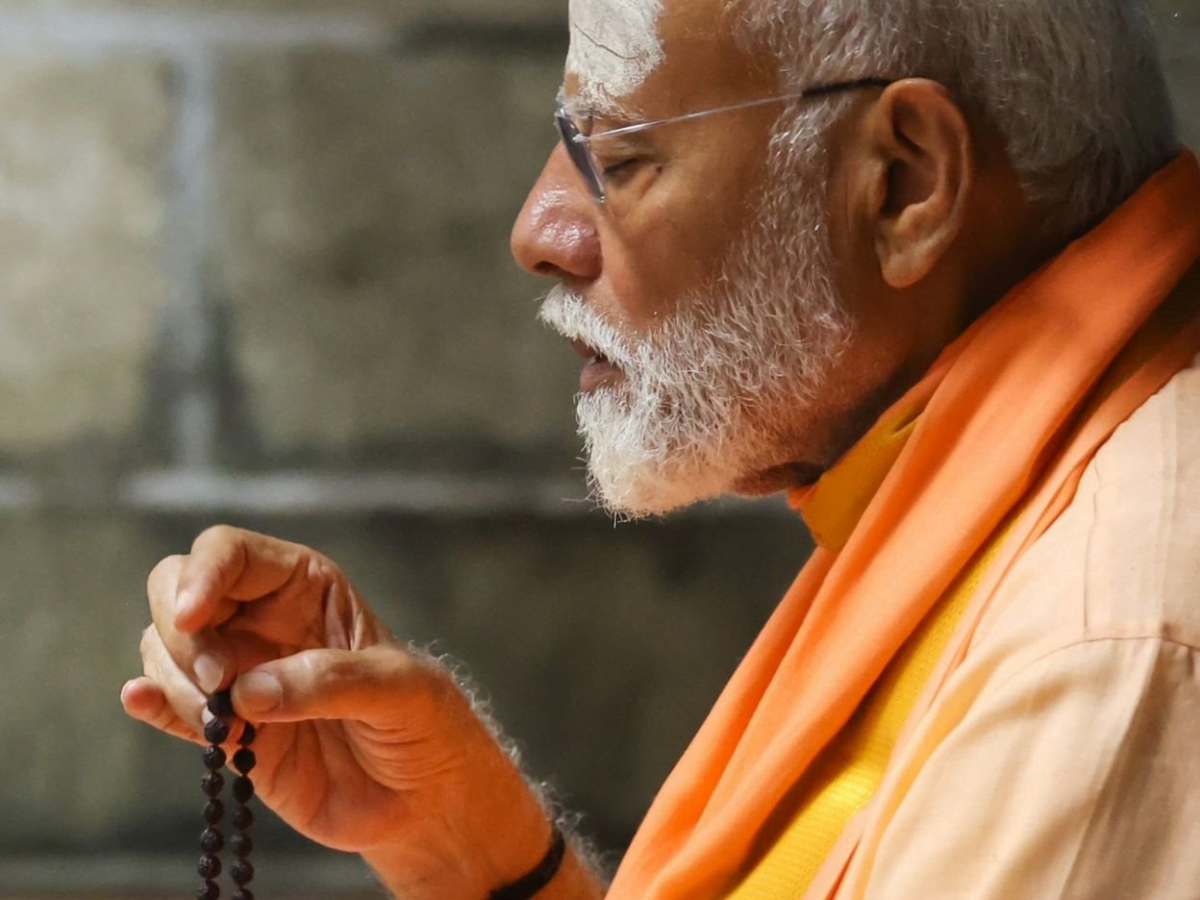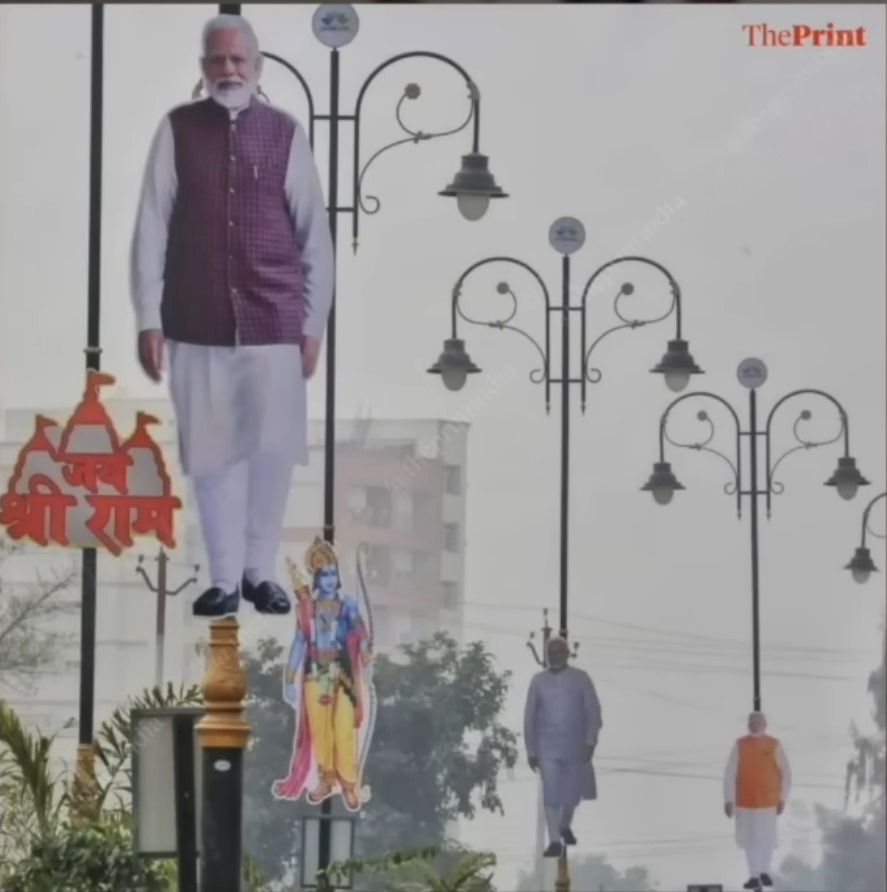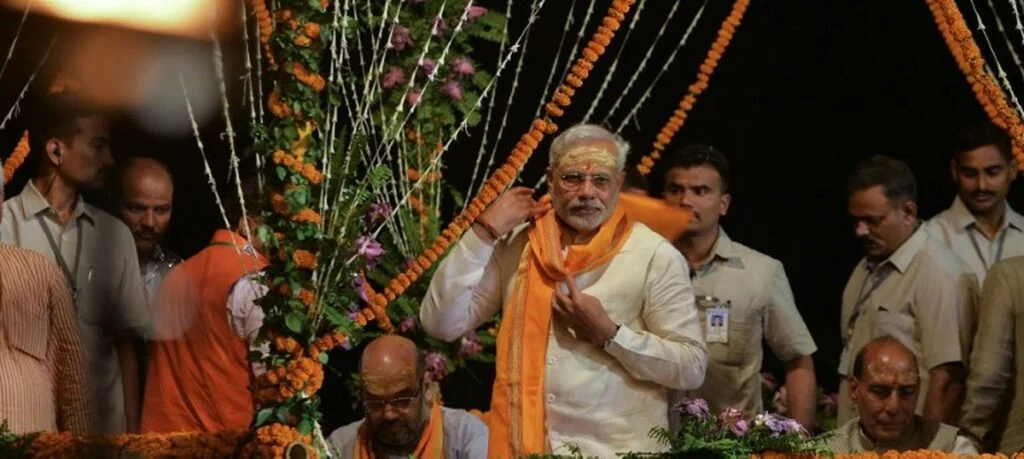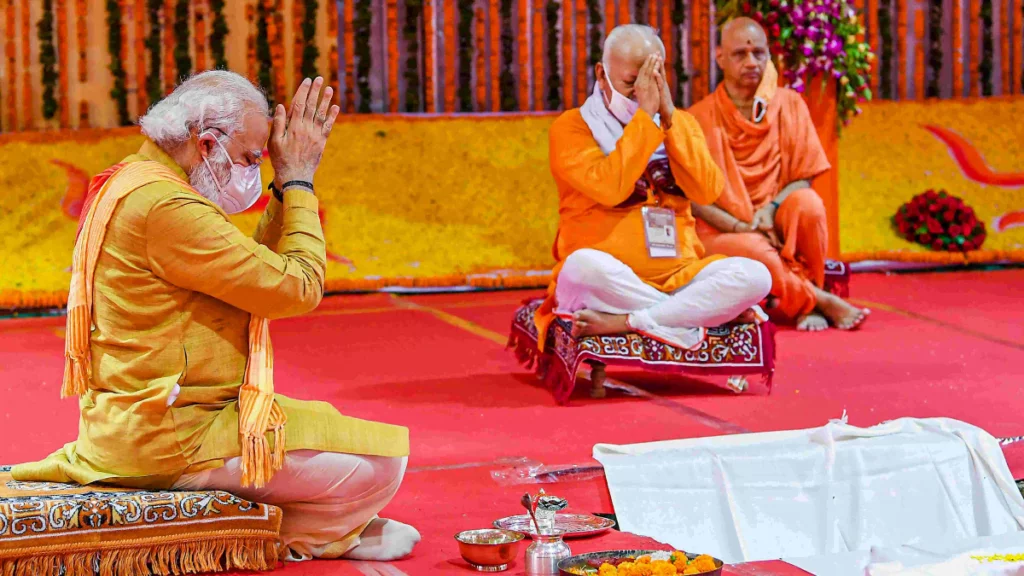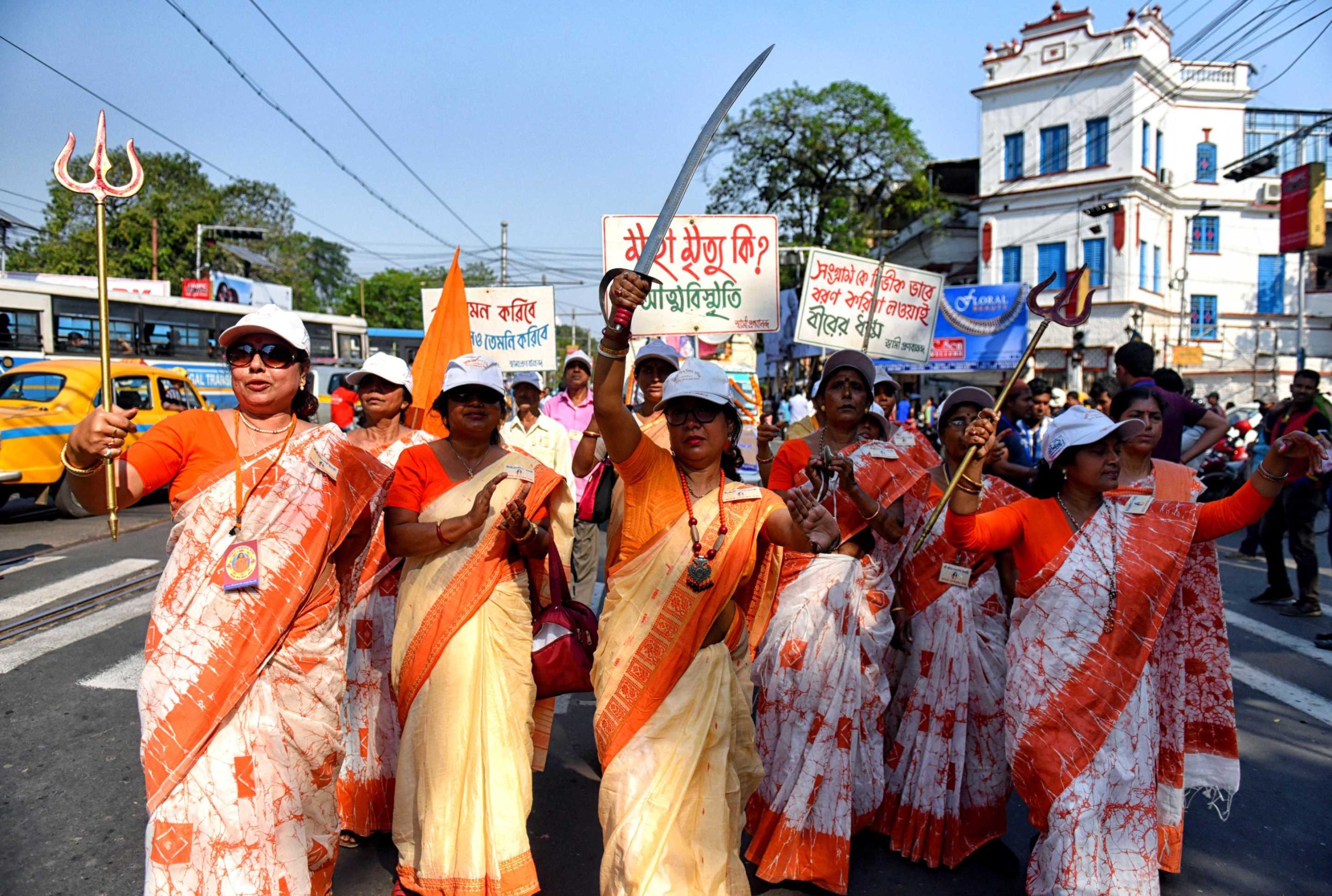In Adolf Hitler’s first major biography in 1923 titled Sein Leben und seine Reden (Adolf Hitler: His Life and His Speeches), he was described as the saviour of Germany and was equated with Jesus Christ. Hitler’s belief in Jesus Christ and Christianity is up for debate, however, the usage of divinity in his political assession was proven by this biography. Even though the autobiography of 1923 was later found to be ghost-written by Hitler himself, it served the purpose of ascending Hitler to the position of divinity and sovereignty – above all kinds of “human” thoughts and actions.
This was also continued in the attempts of Joseph Goebbels, the infamous propaganda minister of the Nazi government, to attach a god-like persona to Hitler. Invoking him as Germany’s saviour, Goebbels during multiple instances has valourised Hitler’s characteristics as godly. This was further justified by using the Nietzschean idea of the ‘Ubermensch’, a superhuman with ideal powers, acquiring their fullest potential. Goebbels projected the idea of Ubermensch on Hitler, casting him as an ideal figure, who can lead Germany to its glory.
Many decades later, Narendra Modi, in an interview has commented that he does not believe that his birth is a biological one, he rather believes that god has sent him.
Many decades later, Narendra Modi, in an interview has commented that he does not believe that his birth is a biological one, he rather believes that god has sent him. This is an invocation of casting divine right to a ruler and godly powers on him, giving legitimacy to his actions, thus declaring him unopposed and unquestionable. He equates himself as a divine being, one who was sent by god, with a purpose. This messiah complex of the country’s Prime Minister has not only put democracy in question but also valourised and justified his communal persecutions and actions as godly deeds.
Modi’s ascend to divinity
The attempt to ascend Modi to divinity is not just a part of BJP’s electoral tactic. This primarily targets Hindutva’s larger attempt at colonising the democratic institutions with ideas of religious superiority and the divine right of kingship. Hindutva groups have been trying to paint the god-man picture of Modi in explicit and implicit ways.
The first major attempt came through the comic book Bal Narendra: Childhood Stories of Narendra Modi, which “traces” stories of Modi’s childhood. The book is a graphic and vivid description of the ideal and brave Narendra, who catches a young crocodile from a river full of crocodiles and returns it at the instruction of his mother. Establishing the bravery and righteousness of the future Prime Minister, the book ticks all the boxes of an “ideal” Indian citizen and praises Modi as a ‘man every nation would be lucky to have leading them’.
BJP’s social media campaign has effectively put this messianic spell into use by asserting Modi’s saviour image.
BJP’s social media campaign has effectively put this messianic spell into use by asserting Modi’s saviour image. He was projected as the “saviour” of Hindus in India, the leader of the revival of Sanatan Dharma. In a reel that appeared on Instagram during his election campaign in Bareilly, people were seen with folded hands as Modi appeared in an open vehicle. As people cheered for him, the dramatic background music was played, creating a sense of sad savioristic persona for Modi. This was repeated during the multiple election campaigns he attended – people with folded hands referring to Modi as the “god”.
Several posters and billboards appearing around the country during the inauguration of the Ram temple in Ayodhya reiterated Modi’s image as a god by using the images of Ram and Modi, equating the two. While Ram is the mythological hero who stood for “Hindu righteousness”, Modi is the symbolic hero, an “avatar” fulfilling “Ram’s wishes”. This coronation of Modi was repeated during the Pran Pratishta on the inauguration of the Ram temple. The ceremony, often done by a priest was instead done by Modi – the moment where Modi’s ascend to the godly stature was complete.
He became the leader of the Sanatan Dharma through direct political action and through flagshipping the religion, moreover, he was the ideal hero in Hindutva’s fallacy who finally emerged “victorious” over the Muslims in the country. On the occasion, he declared that ‘God has chosen him as the representative of the people of India’ which did not include Muslims and other marginalised sections. This ended the already thinning demarcation of state and religion in India, with the replacement of secular and democratic structure with Brahmanical ideologies.
This replacement of the state with religion was already spearheaded by the Nationalist movement in India when Brahmanical symbols were considered as national symbols.
This replacement of the state with religion was already spearheaded by the Nationalist movement in India when Brahmanical symbols were considered as national symbols. When Gita and Ramayan were used to dignify India’s cultural landscape, Islamic symbols and religious teachings were considered as symbols of extremism and terrorism.
Modi’s use of religious symbolism to assert his power had a major victory with the use of sengol during the inauguration of the new parliament building. Accompanied by the Hindu sadhus, Modi carried this sceptre signifying the transfer between an “old” and “new” India. This event marked the shift of India’s governance – it was no more mandated on the principles of democratic political interventions or principles of social justice. The grappling hold of Hindutva on the political structures in the country was complete with the use of religion led by the Prime Minister carrying the sengol, accompanied by sadhus chanting mantras.
The band of followers
God and his reign do not exist in isolation – it is sustained, popularised, and practiced by the band of followers who worship and glorify him. Just like Goebbels relentlessly worked to carve a god out of Hitler, the Hindutva forces in the country including right-wing politicians and journalists have taken the glorious task of creating a messiah out of Modi by worshipping his self-styled caricature, enabling and justifying his impunity and vilifying the Muslims.
Modi’s persona has been popularised and asserted as that of a noble, god-like entity through right-wing media. The interviews that were rendered by the Prime Minister to certain journalists were stuffed with praises of his selflessness, to which the Prime Minister replied with valourised humility and forged honesty. The mainstream media acts as a sycophant contributing the major fuel in Modi’s hijack of democratic institutions. This marks not just the absence of an opposing system but also the creation of powerful allies, legitimising impunity and criminalising dissent.
Modi’s synonymisation with god was also made possible by a band of right-wing politicians, adding to his god complex and popularising its acceptance. During the Lok Sabha elections, Rajnath Singh described Modi as the ‘messiah of the poor’. This statement was also repeated by the Rural Development minister Giriraj Singh who said that Modi was the ‘God of the poor’.
God vs the state – implication of religion in politics
The veneration of Modi is not restricted to him as a person, rather it legitimises and institutionalises Hindutva as the rightful practice of governance in the country. This homogeneity in the power structure is deemed to be the “true character” of India where the marginalisation of Muslims and other marginalised sections is not only accepted but also preferred. This guarantees total impunity to Hindutva forces, granting them the right to attack Muslims and rule the country according to their wishes.
The erasure of Muslims and other groups is now essentialised as “god’s work” – making it a necessary characteristic of India’s nature. This master plan has proposed and necessitated the creation of the ever-powerful and godly leader who is brave and noble enough to go to any extent to enable the realisation of the country’s “true potential” – the Ubermensch.
About the author(s)
Hajara Najeeb is an Independent Researcher working on issues of Minority Rights and Affairs, Gender, and Politics.
